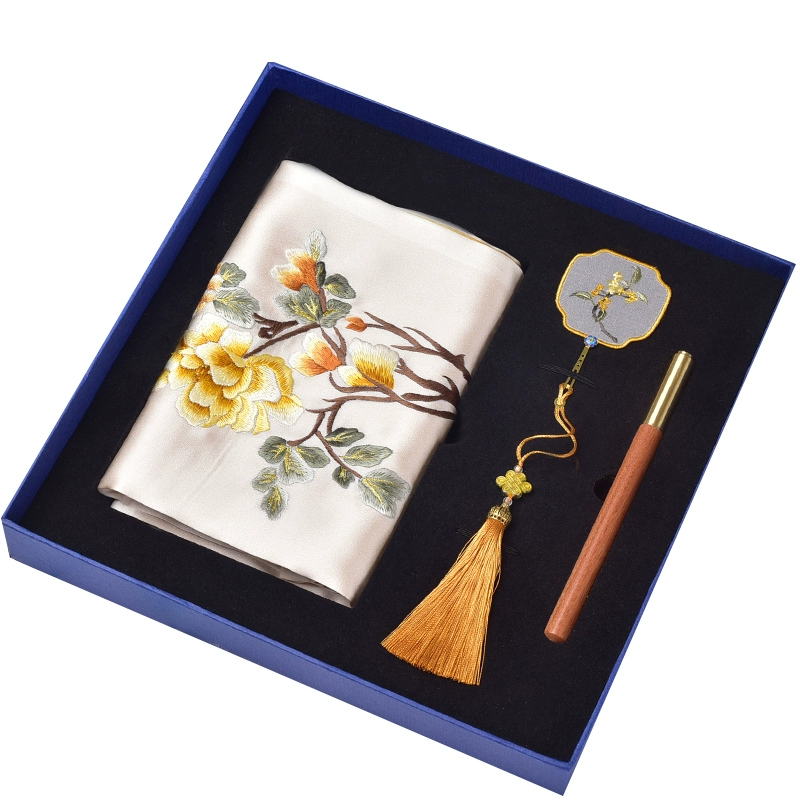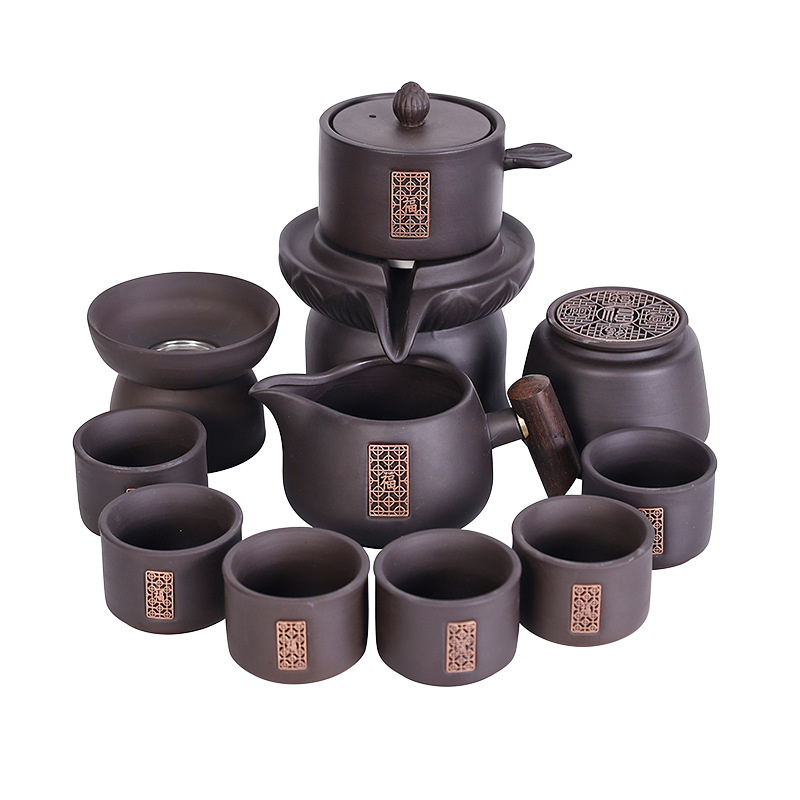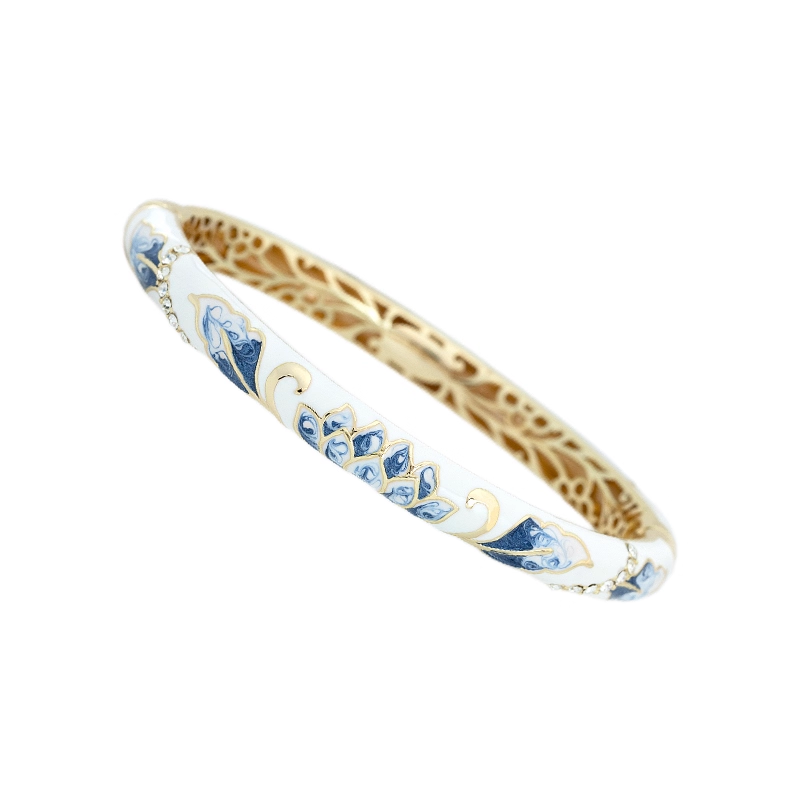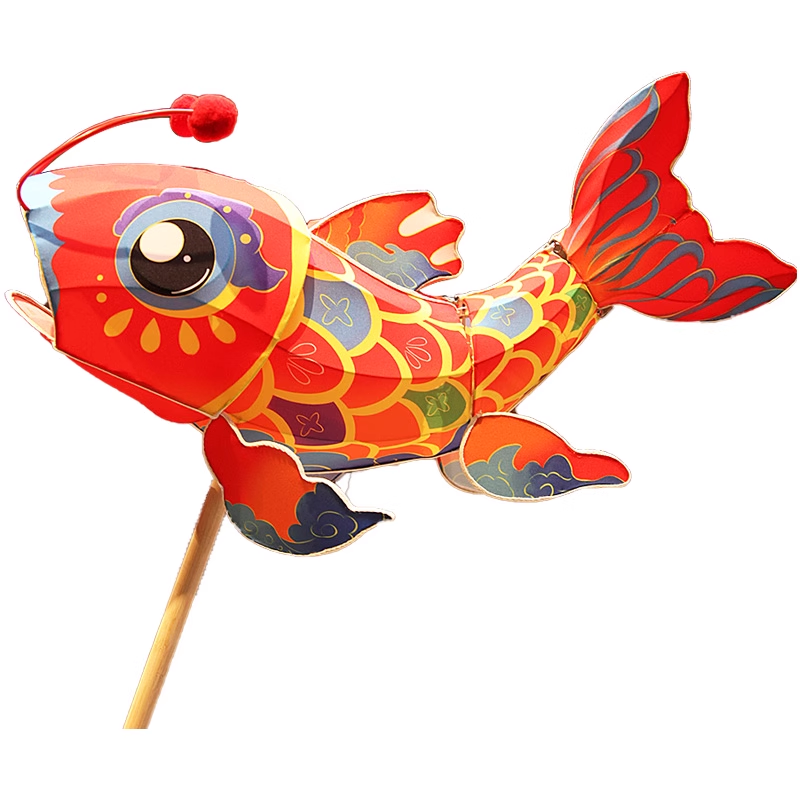Jade Carving: The Spirit of Stone, An Oriental Jade Soul Shaped by Knives for Millennia
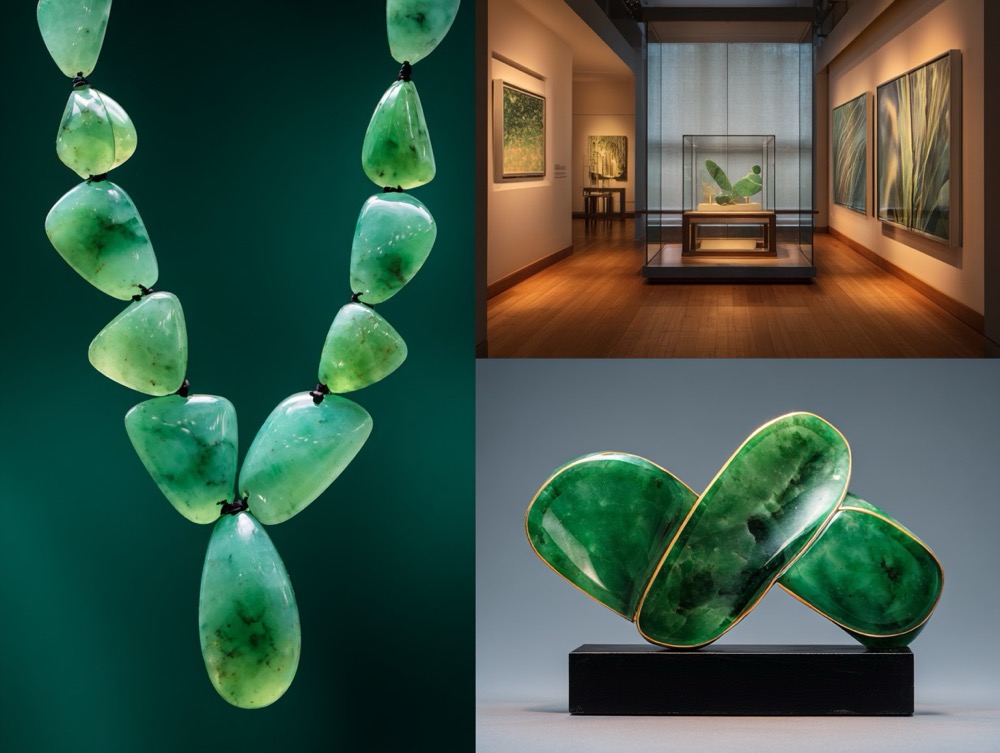
Amid the brilliant galaxy of traditional Chinese crafts, jade carving takes warm, smooth, and translucent jade as its foundation and extraordinary knife craftsmanship as its soul. It deeply integrates the cultural connotation of “jade embodying five virtues” with Oriental aesthetics, becoming an artistic treasure spanning thousands of years. This craft, rooted in both nature and humanity, not only carries the ancient Chinese spiritual pursuit of “a gentleman comparing his virtues to jade” but also embodies craftsmen’s ultimate mastery of material, texture, and shape. Today, it still conveys the unique charm of China’s “jade culture” to the world with a solemn and elegant demeanor.
The history of jade carving can be traced back to the Neolithic Age. The “jade pig-dragon” unearthed from the Hongshan Culture in Liaoning and the “jade cong” (a ritual jade artifact) from the Liangzhu Culture in Zhejiang, though simple in shape, already demonstrated the exquisite skills of early jade carving. At that time, jade carvings were mostly used as ritual vessels, symbolizing power and divinity. During the Shang and Zhou dynasties, jade carving craftsmanship matured. The “jade ge” (a jade dagger-axe) and “jade bi” (a circular jade disc) unearthed from the Yin Ruins adopted techniques such as “flat carving” and “low relief”, with neat patterns, and became exclusive artifacts of the royal family and nobles. In the Spring and Autumn and Warring States periods, jade carvings incorporated patterns of dragons, phoenixes, and coiled chi (mythical creatures). The “jade-handled sword” unearthed from the Chu Tomb in Xichuan, Henan, featured smooth lines, showing vivid beauty. The Han Dynasty marked the golden age of jade carving, with the emergence of the “Han Eight Knives” technique—using concise and forceful knife work to carve jade cicadas and jade pigs, capturing both form and spirit. The “jade burial suit sewn with gold thread” from the Mancheng Han Tomb in Hebei, made of thousands of jade pieces connected by gold threads, is hailed as a miracle in the history of jade carving. In the Tang Dynasty, jade carving styles tended to be realistic, with more themes of figures, flowers, and birds. The “gilt beast-head agate cup” unearthed from Hejia Village in Xi’an (though made of agate, it adopted jade carving techniques) had a lifelike shape, reflecting the grandeur of the prosperous Tang Dynasty. The Ming and Qing dynasties were the heyday of jade carving, with Suzhou, Yangzhou, and Beijing becoming the three major jade carving centers: Suzhou jade carving was famous for its “exquisiteness and delicacy”, specializing in small accessories; Yangzhou jade carving was known for its “magnificence and grandeur”, with large jade mountain carvings being masterpieces—such as the “Jade Mountain Carving of Yu the Great Controlling the Flood” from the Qianlong reign, weighing tens of thousands of catties and exuding great momentum; Beijing jade carving integrated northern and southern styles, and imperial jade carvings for the court were extremely luxurious. At that time, jade carvings became treasures collected by literati and the royal family.
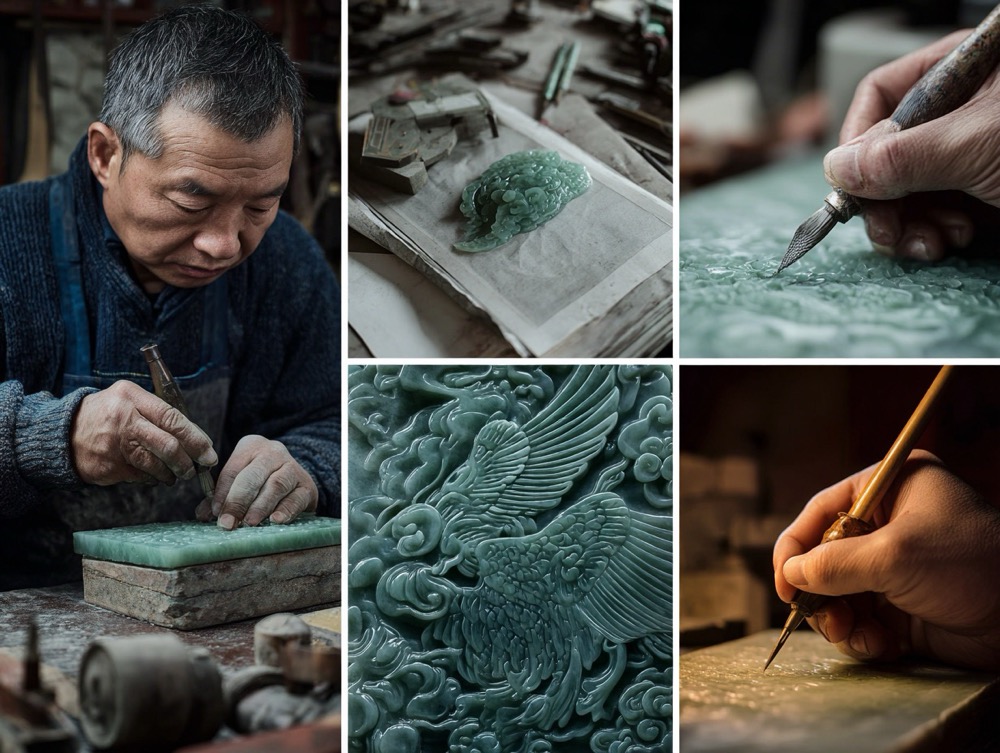
The charm of jade carving first lies in its respect for jade materials and unique understanding of them. Jade is praised as the “spirit of stone”. Common jade materials used in Chinese jade carving, such as Hetian jade, jadeite, Dushan jade, and Xiu jade, each have unique characteristics: Hetian jade has a warm, fat-like texture, with mutton-fat white jade being the most precious, suitable for carving delicate figures, flowers, and birds; jadeite is known for its rich colors, with “green as the most valuable and purple as honorable”, suitable for “clever use of natural colors” to highlight color layers; Dushan jade has diverse colors and can be used to carve large ornaments to present complex scenes. Jade carving craftsmen advocate “crafting according to the material”—they design appropriate themes and shapes based on the color, texture, and flaws of the jade. For example, they use the natural variegated colors of jade to carve flowers and birds, and take advantage of jade cracks to carve mountain mists, perfectly integrating the beauty of nature with human craftsmanship. This is the core essence of jade carving’s “harmony between man and nature”.
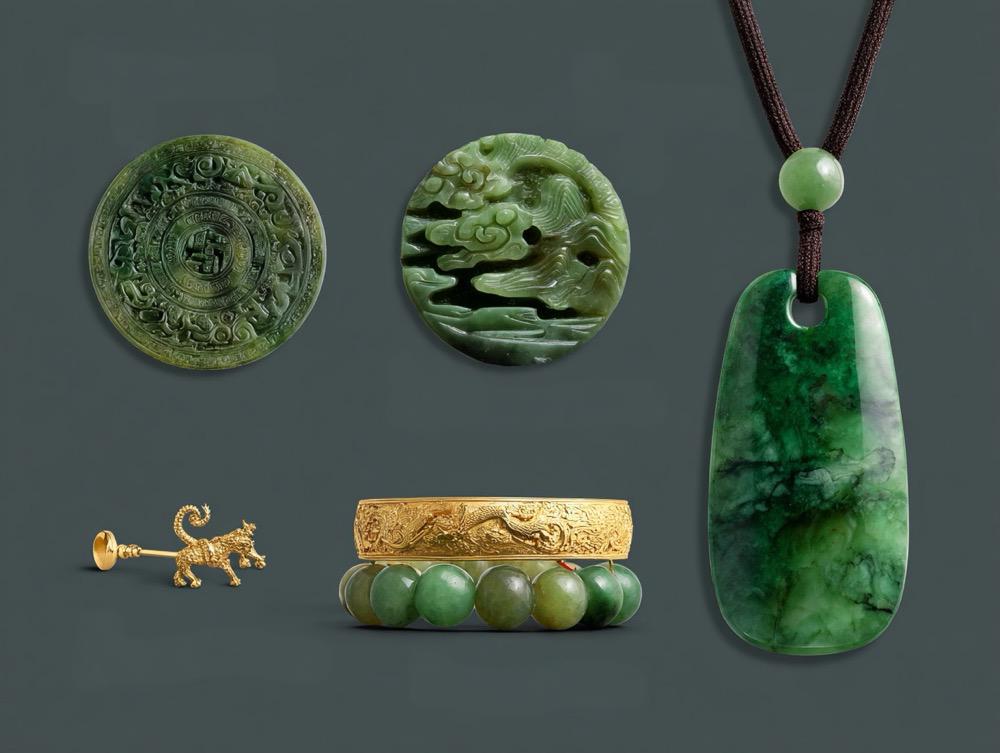
From conception to finished product, jade carving goes through multiple complex processes, each testing the craftsman’s patience and skills. The first step is “appreciating jade”: craftsmen repeatedly observe the texture, color, and grain of the jade to judge its internal value and moldable potential. This is the foundation of jade carving and the most experience-testing link. The second step is “designing”: based on the result of jade appreciation, a draft is drawn to highlight the advantages of the jade and avoid flaws, achieving “selecting materials according to the size and crafting according to the material”. The third step is “rough shaping”: using a jade-cutting tool to outline the general outline of the work, determining the proportion and shape. For large jade carvings, rough shaping is done in parts to ensure overall coordination. The fourth step is “detailed carving”: using fine tools such as thin jade-cutting tools and hook tools to carve details—such as the hair of figures, the feathers of birds, and the grain of mountains—requiring exquisite craftsmanship even in tiny details. Some high-quality works also adopt techniques like “openwork carving” and “hollow carving” to make the work more vivid. The fifth step is “polishing”: repeatedly polishing the jade surface with sandpaper and polishing wheels from coarse to fine, making it glow with a warm luster and highlighting its smooth texture. The final step is “finishing”: making minor adjustments to details, such as repairing small cracks and adjusting the proportion of the shape, to perfect the work.

Jade carving has a wide variety of types, each embodying unique cultural meanings and artistic styles. Classified by use, it can be divided into ritual jade carvings, decorative jade carvings, and ornamental jade carvings: ritual jade carvings, such as bi, cong, and gui (a jade tablet), have solemn shapes and are mostly used in important ceremonies, symbolizing auspiciousness and authority; decorative jade carvings, such as jade mountain carvings, jade vases, and jade censers, are large in size and complex in craftsmanship, suitable for placement in living rooms and studies to highlight cultural taste; ornamental jade carvings, such as jade pendants, jade bracelets, and jade drops, are small in size and exquisite in design, with both wearing and collection value. Classic styles like “ping’an buckle” (a circular jade pendant symbolizing peace) and “ruyi pendant” (a jade pendant shaped like a ruyi scepter symbolizing good luck) are still popular today. Classified by theme, “auspicious beast themes” such as jade dragons, jade phoenixes, and jade unicorns symbolize good fortune and prosperity; “figure themes” such as Guanyin, Maitreya, and literati convey good wishes; “landscape themes” integrate natural scenery into jade, presenting the profound artistic conception of Oriental aesthetics.
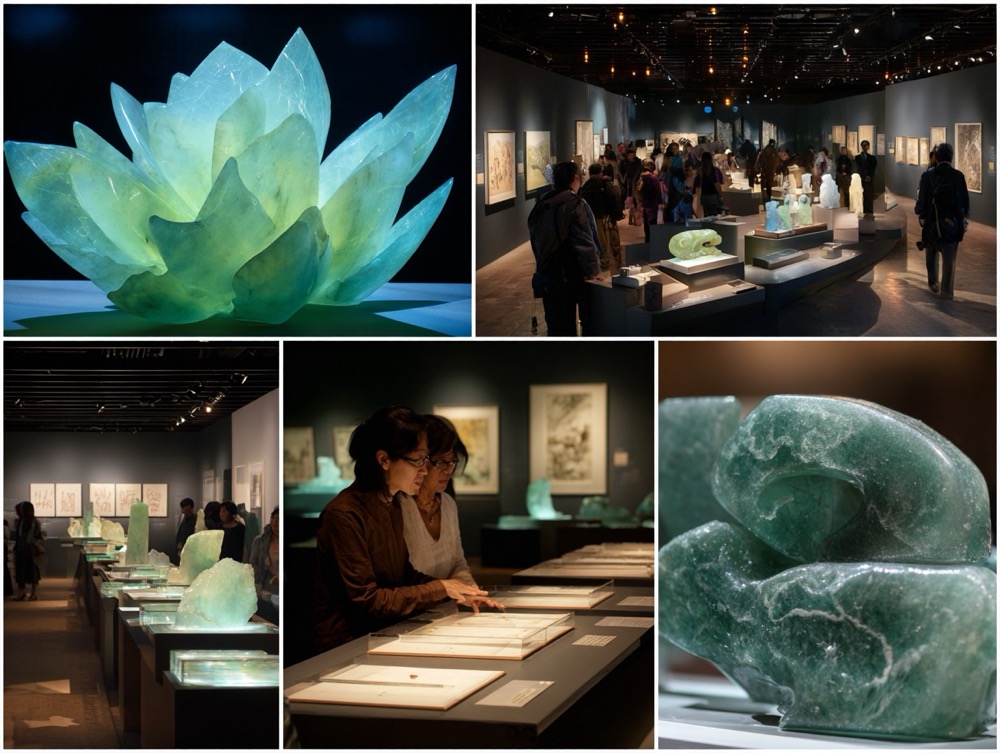
In modern times, jade carving has not faded with the changes of the times but has gained new vitality through inheritance and innovation. On one hand, traditional jade carving techniques are systematically protected: in 2008, “jade carving techniques” were included in the National Intangible Cultural Heritage List. Jade carving inheritance bases have been established in Suzhou, Yangzhou, and other places, and veteran craftsmen pass down core techniques such as jade appreciation, design, and carving to the younger generation through the “master-apprentice” model. On the other hand, innovations in jade carving continue to emerge: craftsmen integrate modern design concepts with traditional techniques, such as minimalist-style jade jewelry and abstract art jade ornaments, which retain the warm texture of jade while meeting contemporary aesthetics. At the same time, cross-border integration has become a trend: jade carving is combined with materials such as gold, silver, and enamel to create composite artworks—for example, “jade inlaid with gold” jewelry, which combines luxury and elegance. In addition, jade carvings have repeatedly appeared in international art exhibitions and cultural festivals, from jade carving exhibits at the Shanghai World Expo to jade carving works at the Paris Art Fair, all allowing the world to feel the charm of Oriental jade carving art and making it a cross-border cultural symbol.
From the “jade pig-dragon” of the Hongshan Culture to the “jade burial suit sewn with gold thread” of the Han Dynasty, the “Jade Mountain Carving of Yu the Great Controlling the Flood” of the Qing Dynasty, and to the modern jade carving art of today, jade carving has always taken jade as its soul and knives as its spirit, interpreting the Chinese people’s pursuit of nature, virtues, and beauty. It is not only a collection of exquisite artworks but also a series of vivid historical memories and an enduring cultural heritage. In the new era, with its Oriental jade soul accumulated over thousands of years, jade carving transcends time, space, and national borders, telling the immortal legend of Chinese jade carving art to the world.
